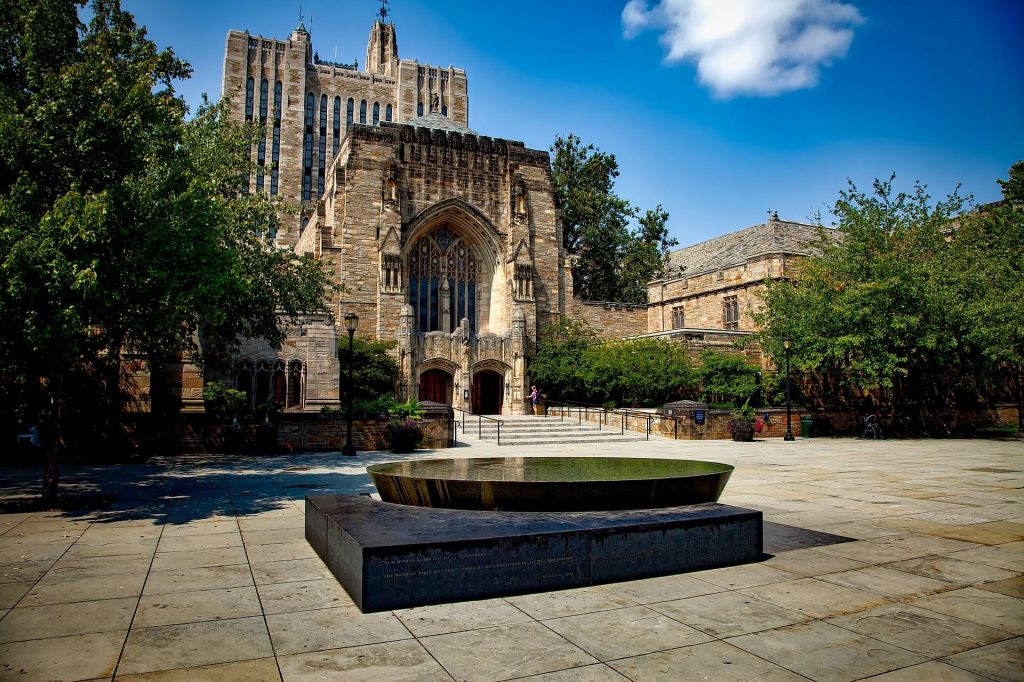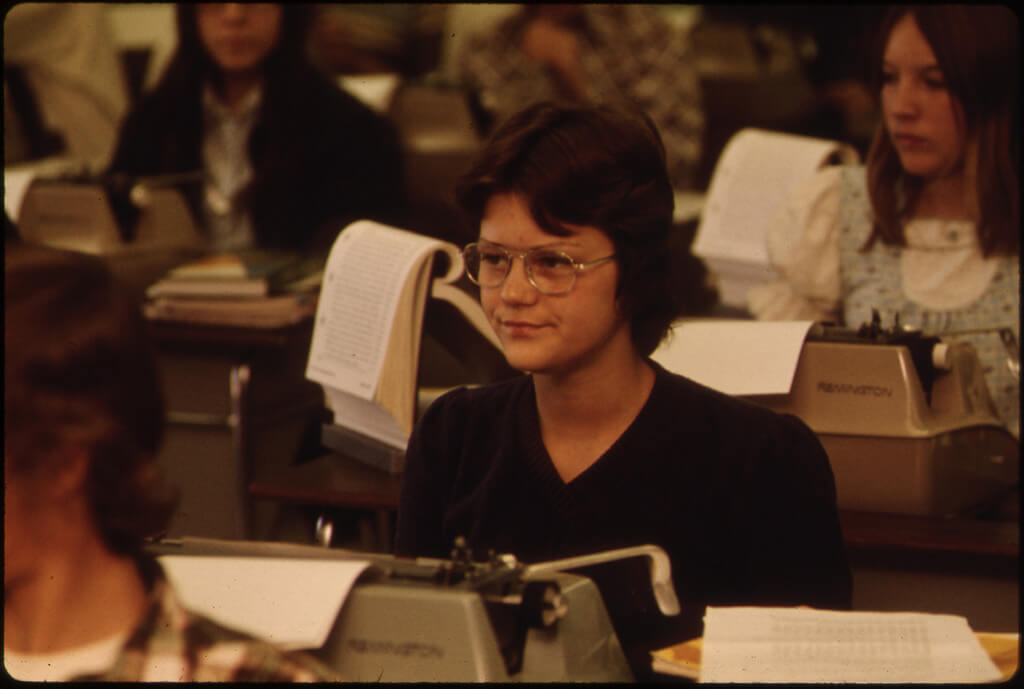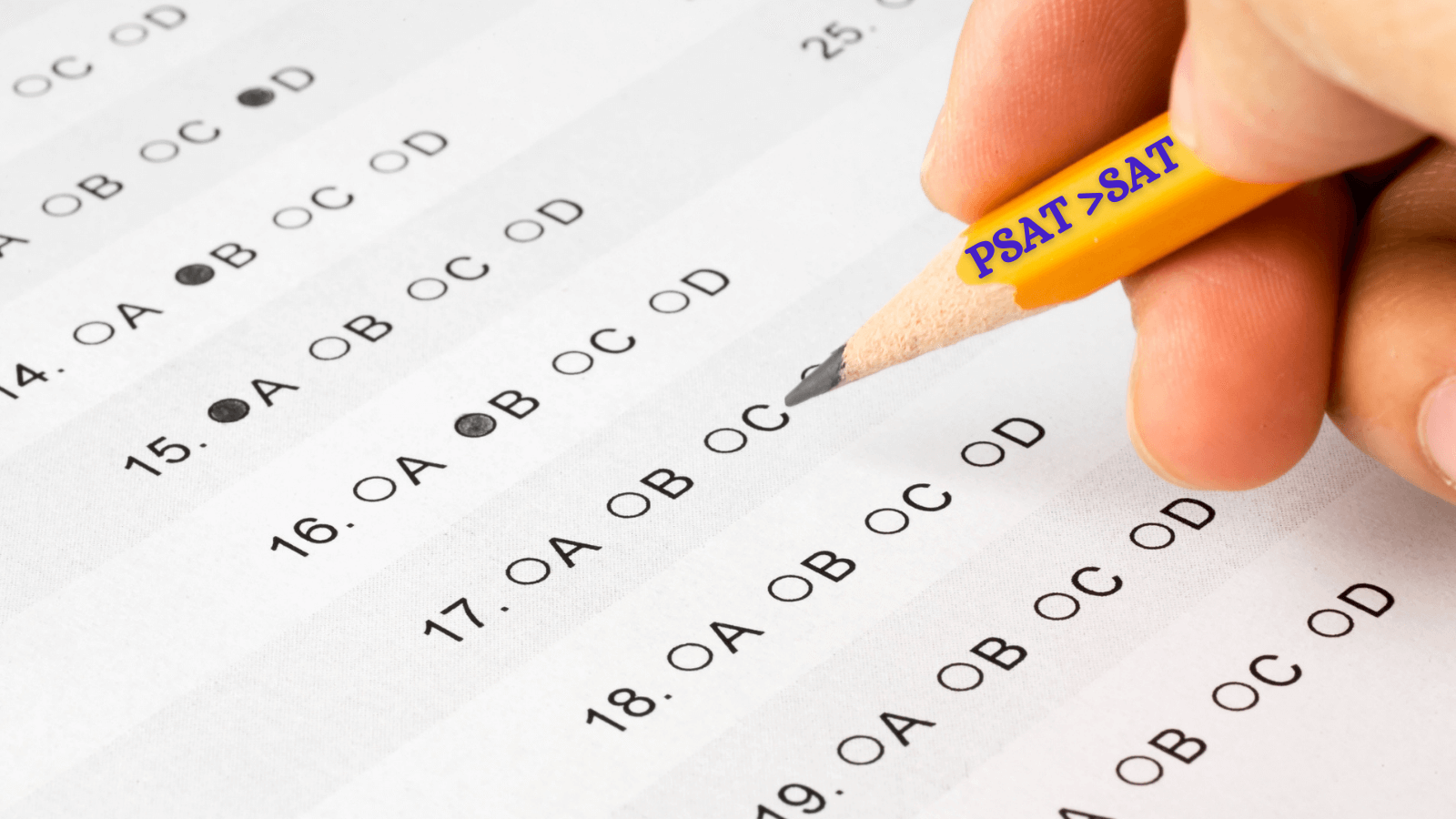Student-centric advice and objective recommendations
Higher education has never been more confusing or expensive. Our goal is to help you navigate the very big decisions related to higher ed with objective information and expert advice. Each piece of content on the site is original, based on extensive research, and reviewed by multiple editors, including a subject matter expert. This ensures that all of our content is up-to-date, useful, accurate, and thorough.
Our reviews and recommendations are based on extensive research, testing, and feedback. We may receive commission from links on our website, but that doesn’t affect our editors’ opinions. Our marketing partners don’t review, approve or endorse our editorial content. It’s accurate to the best of our knowledge when posted. You can find a complete list of our partners here.
The Ivy League: What It Is and Where Schools Rank

 By
Zach Skillings
By
Zach Skillings 
Zach Skillings is the Scholarships360 Newsletter Editor. He specializes in college admissions and strives to answer important questions about higher education. When he’s not contributing to Scholarships360, Zach writes about travel, music, film, and culture. His work has been published in Our State Magazine, Ladygunn Magazine, The Nocturnal Times, and The Lexington Dispatch. Zach graduated from Elon University with a degree in Cinema and Television Arts.
Full BioLearn about our editorial policies

Cait Williams is a Content Writer at Scholarships360. Cait recently graduated from Ohio University with a degree in Journalism and Strategic Communications. During her time at OU, was active in the outdoor recreation community.
Full BioLearn about our editorial policies

Bill Jack has over a decade of experience in college admissions and financial aid. Since 2008, he has worked at Colby College, Wesleyan University, University of Maine at Farmington, and Bates College.
Full BioLearn about our editorial policies

Maria Geiger is Director of Content at Scholarships360. She is a former online educational technology instructor and adjunct writing instructor. In addition to education reform, Maria’s interests include viewpoint diversity, blended/flipped learning, digital communication, and integrating media/web tools into the curriculum to better facilitate student engagement. Maria earned both a B.A. and an M.A. in English Literature from Monmouth University, an M. Ed. in Education from Monmouth University, and a Virtual Online Teaching Certificate (VOLT) from the University of Pennsylvania.
Full BioLearn about our editorial policies

Widely considered the cream of the crop when it comes to higher education, Ivy Leagues are eight private universities in the northeastern U.S. While they’re highly prestigious, you may be curious about how these schools stack up against each other.
The truth of the matter is that there are actually no definitive Ivy League rankings. Some publications rank the schools based on academic reputations, while others focus on other factors such as quality of student life and career outcomes. In this guide, though, we’ll break down what you need to know about the Ivy League and each of its members.
Related: Ivy League scholarships: What students need to know
What is the Ivy League?
At the most basic level, the Ivy League is a collegiate athletic conference that was founded in 1954. But the schools that make up the Ivy League have been around for much longer, some of them predating the founding of America itself.
They’re known for being highly selective and offering excellent academic programs. Students admitted to Ivy League schools are guaranteed a top-notch education and promising post-graduate opportunities. In short, these schools help set the bar for higher education in the U.S.
Don’t miss: Top scholarships based on GPA
How are the Ivy League schools ranked?
Although there are no official Ivy League rankings, you’ll generally see the same three schools at the top of most lists: Harvard, Yale, and Princeton. Collectively known as the “Big Three,” they carry a certain prestige within the League since they’re the three oldest universities out of the bunch.
While some rank Ivy League schools in a certain order, they’re all incredible institutions. Every university features exceptional academics, while still maintaining its own personal flavor.
Enrollment size, school setting, campus culture, and specialized academic programs all help distinguish the Ivies from each other. Determining the school that’s right for you comes down to personal preference.
Related: What are my admissions chances? Start with a Scattergram!
Below is the complete list of Ivy League schools in alphabetical order:
Brown University
Tucked away in the capital city of Rhode Island, Brown University distinguishes itself by its college-town atmosphere. Known for its open curriculum, the university allows students the chance to be the “architect of their own education.”
Brown University is also renowned for its medical track. This is because it allows students to earn an undergraduate degree and medical degree in a single eight-year program.
- Location: Providence, Rhode Island
- Acceptance Rate: 6%
- Undergraduate Enrollment: 6,792
Also see: How to complete the Brown University supplemental essays
Columbia University
Located on the Upper West Side of Manhattan, Columbia University is a prime destination for students eager to explore the vibrant culture of New York City. It’s also an excellent school for top-notch academic programs, ranging from journalism to engineering.
The university offers three undergraduate colleges – Columbia College, the School of General Studies, and the Fu Foundation School of Engineering and Applied Science.
- Location: New York City, New York
- Acceptance Rate: 4%
- Undergraduate Enrollment: 6,170
Also see: How to ace the Columbia supplemental essay prompts
Cornell University
Although Cornell has the highest acceptance rate of any Ivy League, it boasts world-class academics. Not to mention, students get to enjoy the beautiful natural surroundings of upstate New York.
Cornell also has the largest undergraduate population out of all the Ivy Leagues, which may appeal to students seeking a bustling campus culture. The university is divided into eight undergraduate colleges, the two largest being the College of Arts and Sciences and the College of Agriculture and Life Sciences.
- Location: Ithaca, New York
- Acceptance Rate: 9%
- Undergraduate Enrollment: 14,743
Don’t miss: How to complete the Cornell University supplemental essays
Dartmouth College
Featuring the smallest undergraduate enrollment out of the Ivy Leagues, Dartmouth is an attractive option for students seeking a tight-knit community. The school has a 7-to-1 student-faculty ratio, and a majority of classes have fewer than 20 students.
Dartmouth is located in a rural setting, making it a hub for outdoor recreation. The school’s most popular student organization is the Outing Club, which explores the beautiful natural landscape of New Hampshire.
- Location: Hanover, New Hampshire
- Acceptance Rate: 6%
- Undergraduate Enrollment: 4,170
Also see: How to complete the Dartmouth College supplemental essays
Harvard University
Harvard carries immense name recognition, and for good reason. The university is the oldest institution of higher education in the U.S. and one of the most selective in the Ivy League.
Harvard lives up to its lofty reputation, as indicated by the school’s incredibly high (85%) retention rate and long list of successful alumni. The school is located just outside of Boston in the quintessential college town of Cambridge.
- Location: Cambridge, Massachusetts
- Acceptance Rate: 4%
- Undergraduate Enrollment: 5,222
Don’t miss: How to complete the Harvard supplemental essays
University of Pennsylvania
Located in Philadelphia, the University of Pennsylvania is a great option for students seeking an urban setting. It’s also a popular school for students who want a fulfilling life outside of rigorous academics.
The school’s work-hard, play-hard culture and vibrant party scene has earned it a nickname as the “Social Ivy.” UPenn also has the largest international student population out of any Ivy League, attracting students from over 100 countries.
- Location: Philadelphia, Pennsylvania
- Acceptance Rate: 6%
- Undergraduate Enrollment: 9,872
Also see: How to complete the UPenn supplemental essays
Princeton University
Founded in 1746, Princeton has maintained its status as one of the nation’s best universities and one of the “Big Three” Ivies. The school is located in a small town in New Jersey, but within reach of both New York and Philadelphia.
Something unique about Princeton is that almost every student writes a senior thesis in order to graduate. These capstone projects give students a chance to explore their academic interests and demonstrate the knowledge they’ve gained.
- Location: Princeton, New Jersey
- Acceptance Rate: 4%
- Undergraduate Enrollment: 4,773
Don’t miss: How to complete the Princeton University supplemental essays
Yale University
Another of the Ivy League’s “Big Three” schools, Yale University dates back to 1701. It’s located in the town of New Haven, which is about 90 minutes away from both New York City and Boston.
The school is known for its exceptional drama and music programs, as well as its longstanding college humor magazine. Students have no shortage of extracurricular activities, which range from bookbinding clubs to social justice groups.
- Location: New Haven, Connecticut
- Acceptance Rate: 5%
- Undergraduate Enrollment: 4,703
Related: How to complete the Yale University supplemental essays
How do I decide which Ivy League to go to?
If you have your sights set on attending an Ivy League school, that’s great! You should definitely pursue that goal to the best of your ability. But don’t worry too much about Ivy league rankings; each school will provide a world-class education and great opportunities after graduation.
It all depends on how you imagine your college experience and what college best fits your lifestyle. You did the work, so now is the time to explore your options.
And don’t forget– if you want a first-rate education and your heart isn’t set on the Ivy League, there’s many other phenomenal schools out there. The reality is that you have a wealth of great options when deciding where to attend school.
Related: What is Ivy Day?
What are some alternatives to Ivy League schools?
Although there are no official Ivy League rankings, you can feel confident that all of the Ivy Leagues are excellent universities. But remember, they’re certainly not the only schools where you can receive a high-quality education.
Many universities boast academic programs rivaling that of Ivy League schools. For instance, the New England Small College Athletic Conference (NESCAC) is a group of academically competitive and highly selective private schools in the northeast. These schools are so highly regarded that they’ve been dubbed the “Little Ivies.”
There are also many public universities featuring superb academic programs. In fact, some of them are so prestigious that they’re called Public Ivies. There’s countless other outstanding colleges and universities throughout the country, which just goes to show that the Ivy League isn’t the be-all, end-all of higher education.
Fortunately, a lot of schools specialize in different fields of study, so you should start your search there. By going this route, it doesn’t matter if you attend an Ivy League or not since your school of choice will be well known in your career.
Also see: How to choose a college
Additional resources
As you are looking at different schools to apply to, there are a lot of decisions to make. Luckily, we offer guides to help you through it all, such as how many schools to apply to, how to find safety, reach, and match schools, and how to plan a college tour. We can also help you finance your education and keep your options open with our free scholarship search tool.
Finally, get your college applications in tip-top shape with our guide as to what to include in college applications and our insider’s guide into what happens inside an admissions office. Good luck!
Frequently asked questions about the Ivy League
Do I have to do an interview to get accepted by an Ivy League?
What’s the most difficult Ivy League to get into?
How should I prepare for an Ivy League admissions interview?




 SAT" printed on his pencil">
SAT" printed on his pencil">
